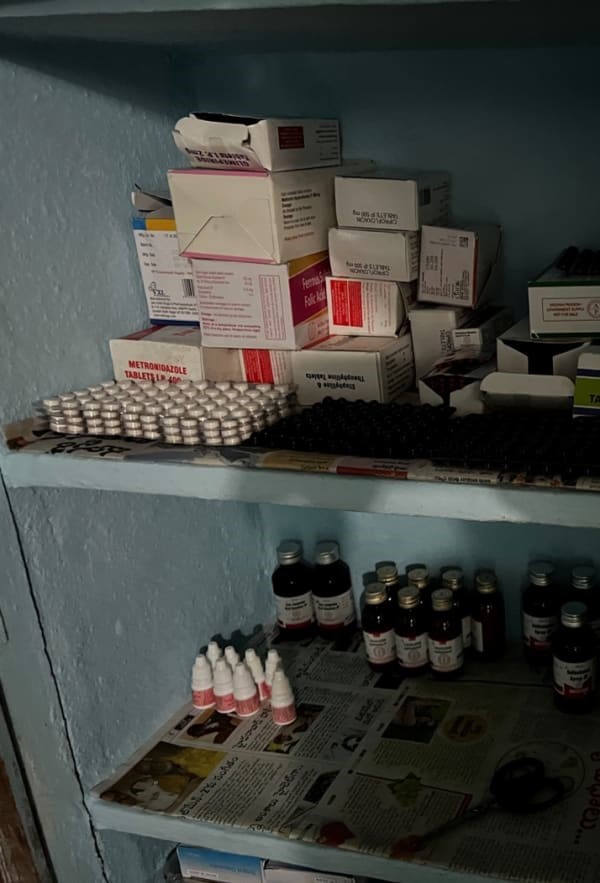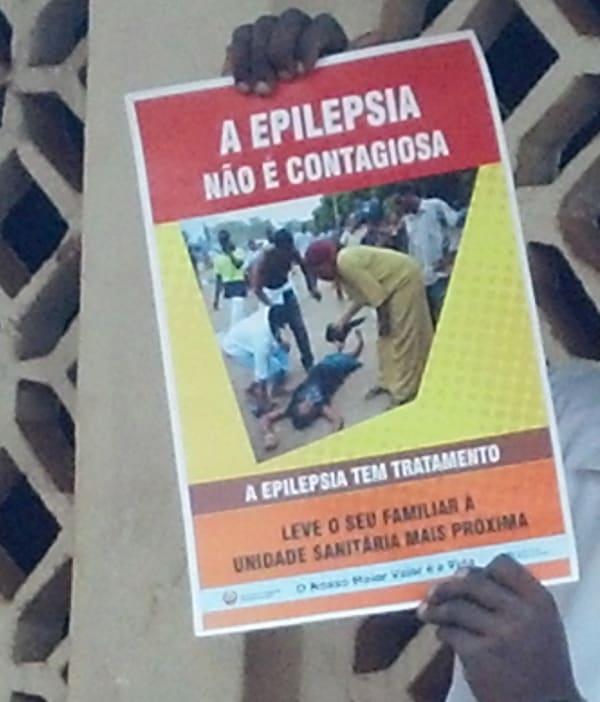Stigma affects all aspects of epilepsy care. It affects the lives of people with epilepsy when they are not given equal access to education, employment, and social opportunities. In a US study, one-third of respondents identified stigma—not seizures—as the most difficult part of living with epilepsy.
Tag: Stigma and Health

Comment les soins de santé primaires peuvent-ils aider à combler les lacunes dans le traitement de l’épilepsie? Un voyage à travers l’Andhra Pradesh, Inde
Le rôle des soins de santé primaires dans l’identification, le diagnostic et le traitement des personnes atteintes d’épilepsie est de plus en plus important. Cependant, les attitudes sociétales et la stigmatisation entourant l’épilepsie peuvent constituer des obstacles majeurs à l’amélioration des soins.
How can primary health care help to close the epilepsy treatment gap? A journey through Andhra Pradesh, India
Hours from the nearest city in India, down a pothole-studded road framed by fish farms, primary care centers in Andra Pradesh provide service to tens of thousands of people. How do these centers care for people with epilepsy, and what challenges do they face?
Memorial Sloan Kettering Cancer Center Leads Collaborative Effort to End Lung Cancer Related Stigmas
Stigma can have profound and lasting effects, and studies have shown that people living with lung cancer may encounter challenges in receiving the support they need from their social network and healthcare providers. Memorial Sloan Kettering Cancer Center (MSK) is committed to helping eliminate the stigmas associated with a lung cancer diagnosis and is working to raise awareness in collaboration with other national organizations.
Stigma Remains a Barrier in HIV Prevention and Treatment
Stigma and discrimination, such as homophobia and racism, impede engagement in HIV prevention and use of biomedical tools for treatment in both HIV-negative and HIV-positive gay and bisexual men, according to a Rutgers study.

Can community-based interventions help to close the epilepsy treatment gap?
More than 50 million people have epilepsy; about 80% live in lower- or middle-income countries, where diagnosis and treatment can be difficult or impossible. The percentage of people with epilepsy that is not receiving treatment is known as the treatment gap; in some countries, this gap exceeds 90%.
Rutgers Expert Available to Discuss Impacts of Stigma on COVID-19 Pandemic
A Rutgers University global health expert is available to comment on the dangers of persistent references to the novel coronavirus as a “Chinese virus” by President Trump and other White House officials. “Such stigmatization leads to disastrous consequences for everyone…
Expanding access and reducing stigma for mental health services
Serving in the Army National Guard has inspired one West Virginia University social work student to pursue a career combating stigmas surrounding mental health.

Reducing the epilepsy treatment gap in Pakistan: Start small, stay flexible, never give up
In retrospect, Pakistan’s effort to reduce the treatment gap can appear painstakingly planned, like the blueprints for a shopping complex or a neighborhood. But the secret of the country’s success is not rooted in elaborate planning. Nor did it rely on generous funding or government support.

Fighting the HIV Epidemic
Stigma is an important contributor to the continued HIV epidemic in the United States. While pre-exposure prophylaxis (PrEP) is a medication that can be taken to prevent HIV infection, previous research has shown that a barrier preventing gay, bisexual and other men who have sex with men from using PrEP is fear that partners, family members or community members would believe that those who use PrEP are HIV infected. Less is known, however, about these factors among women.